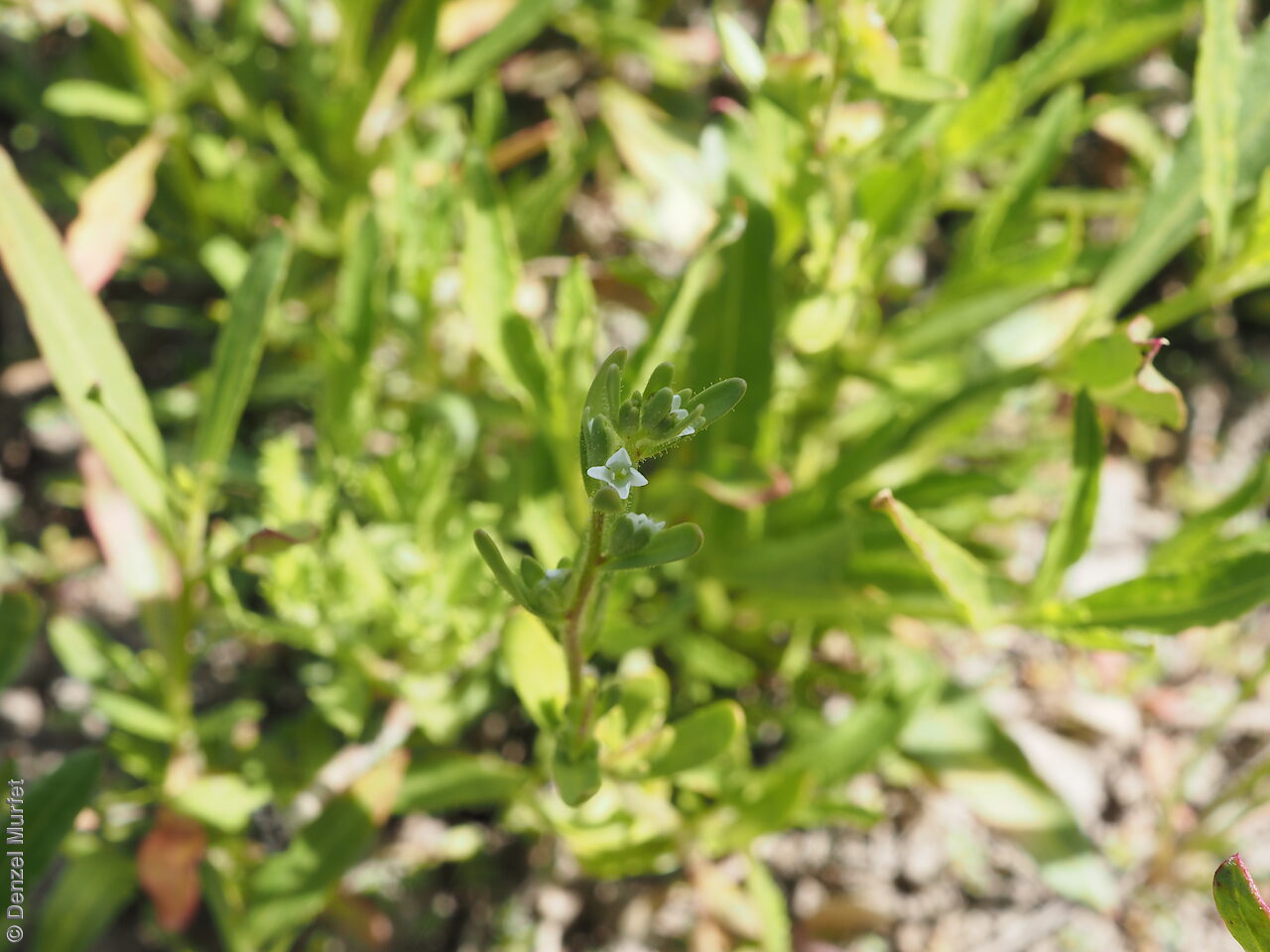
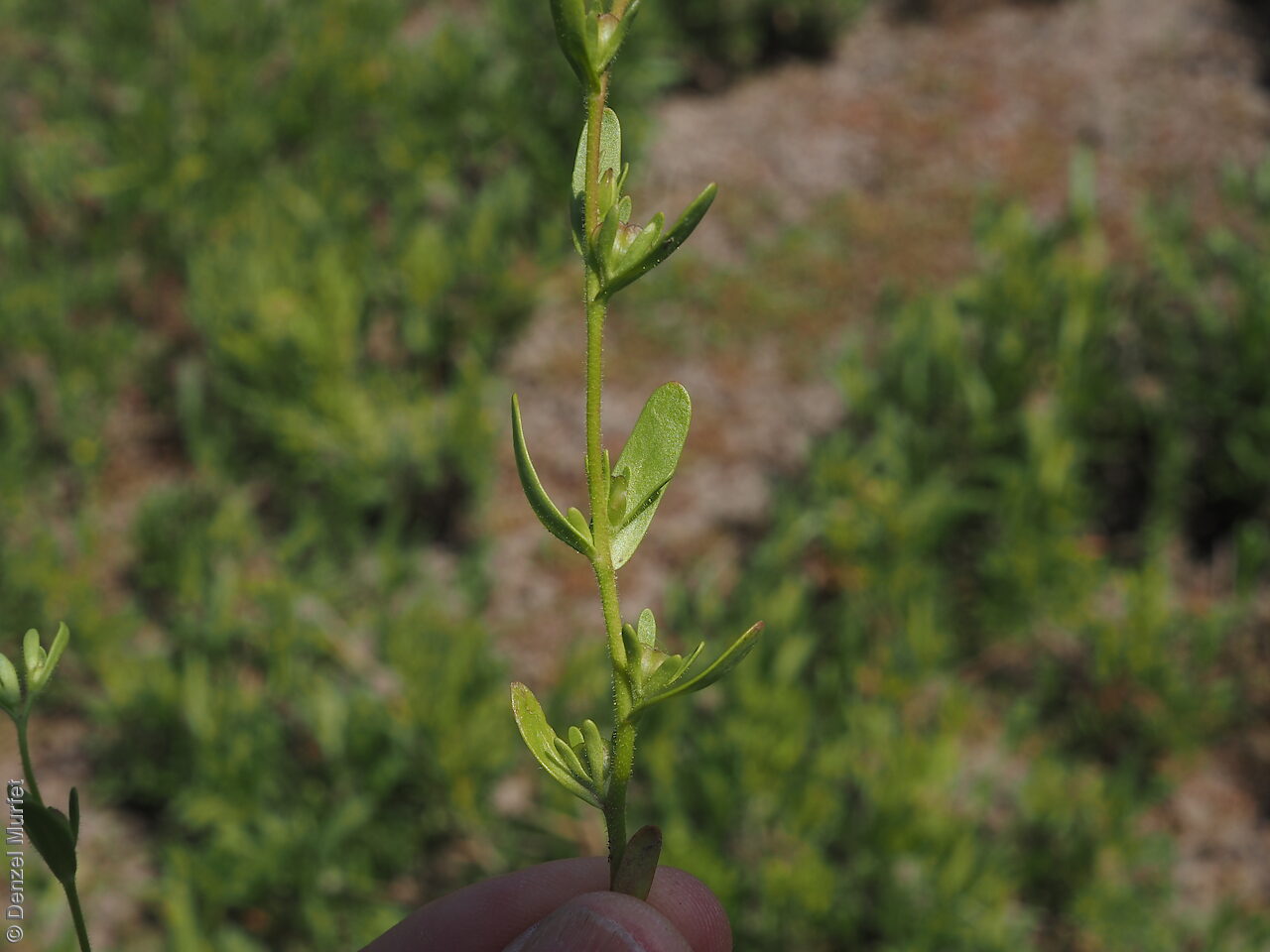
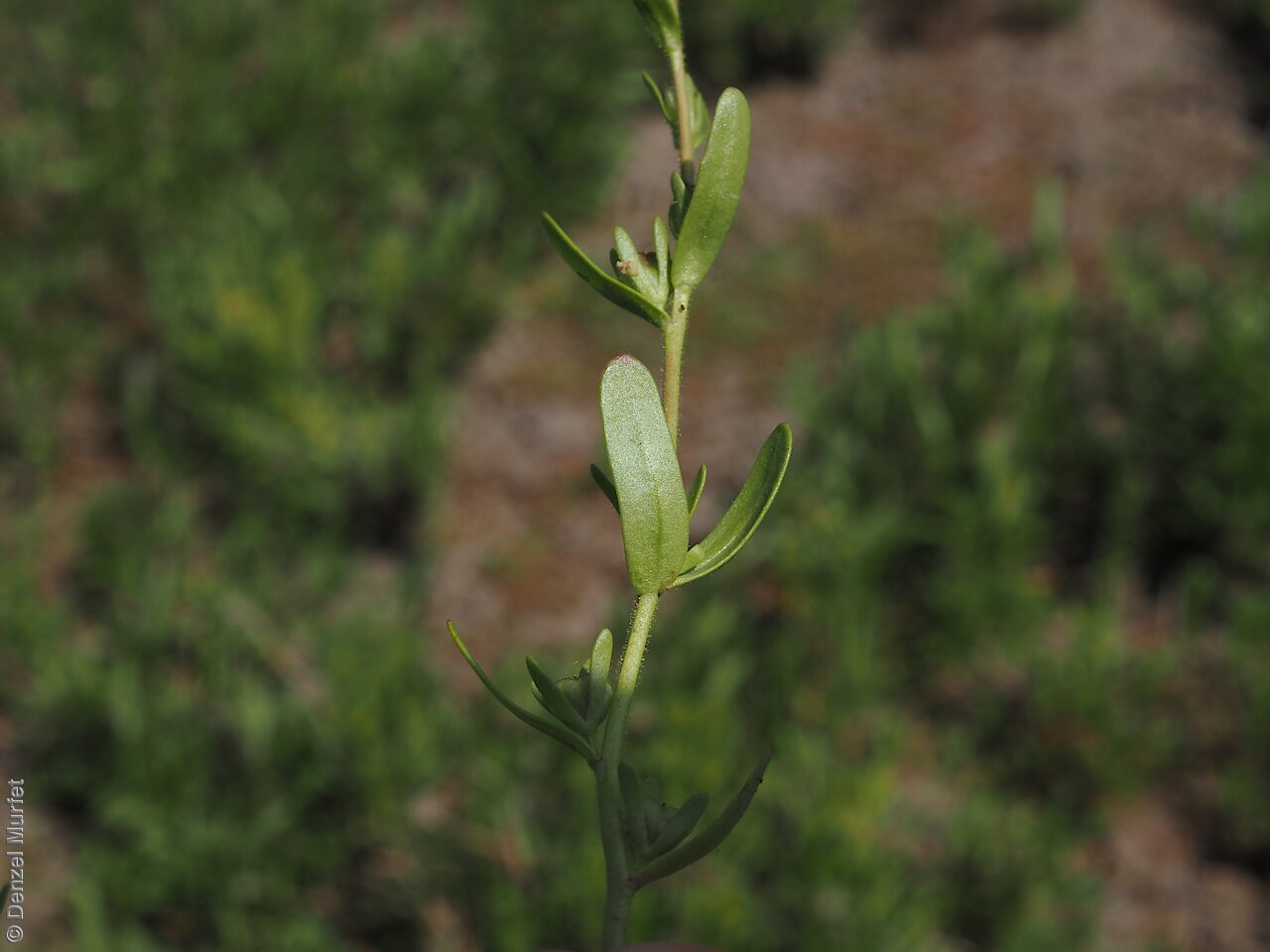
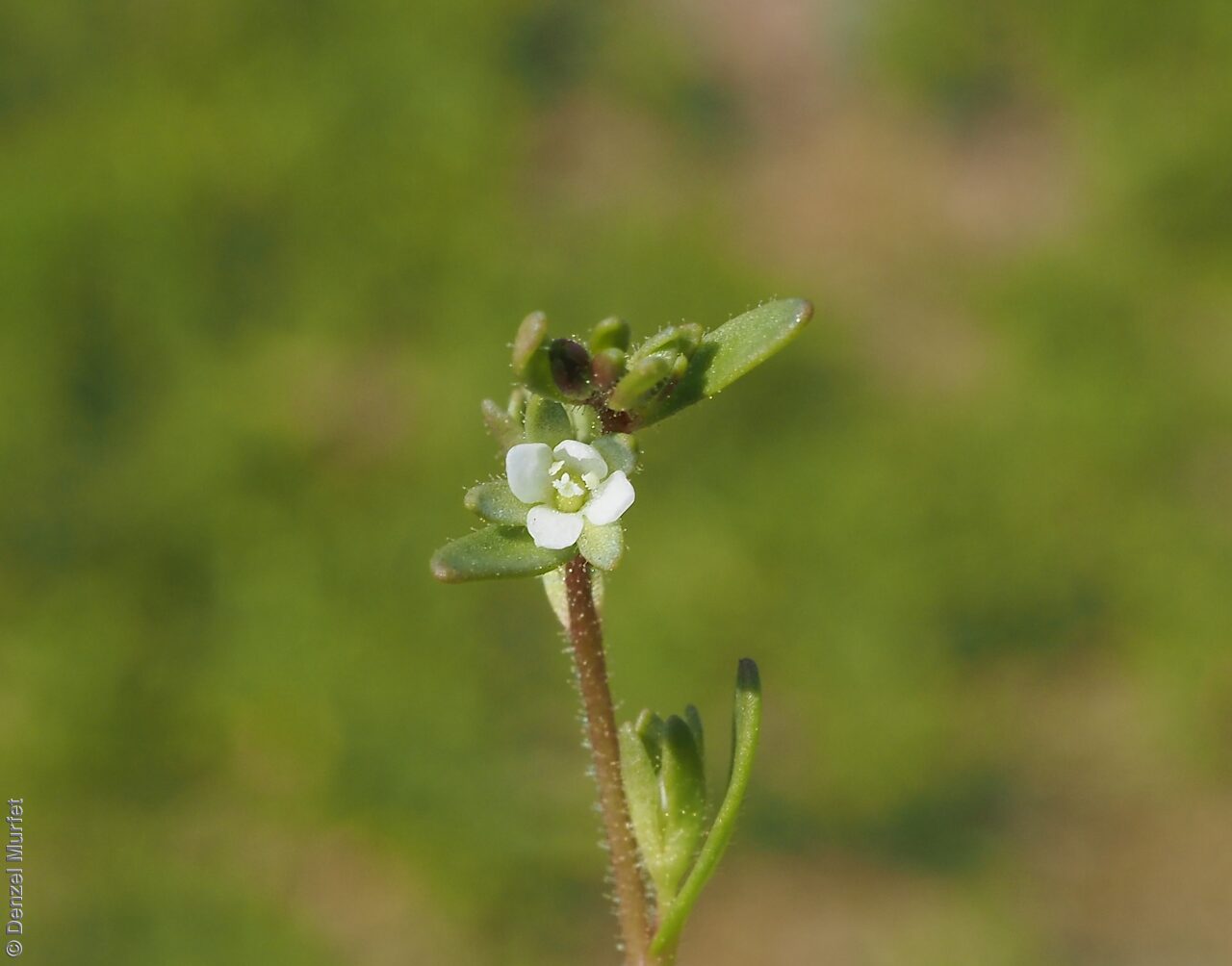
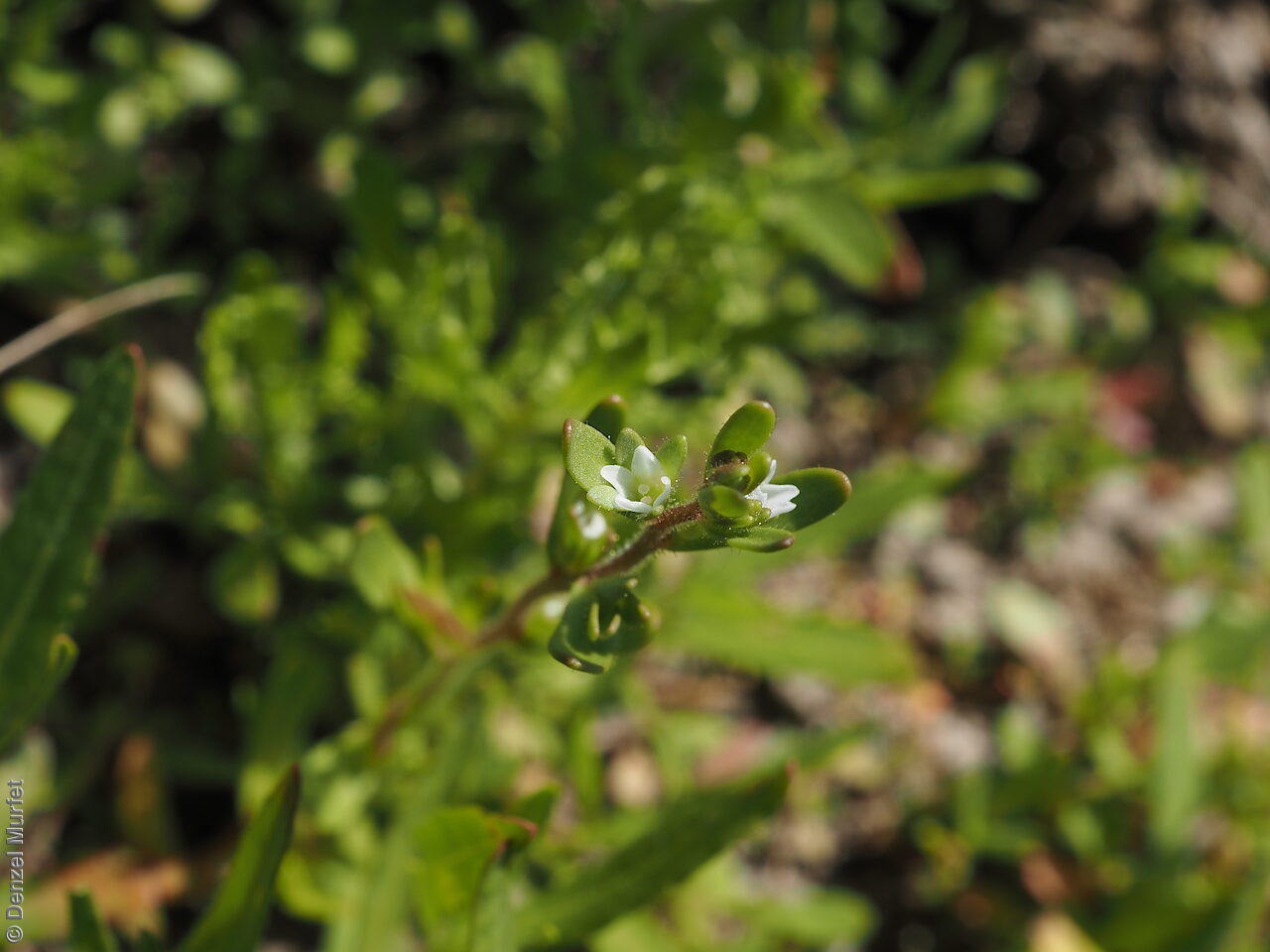
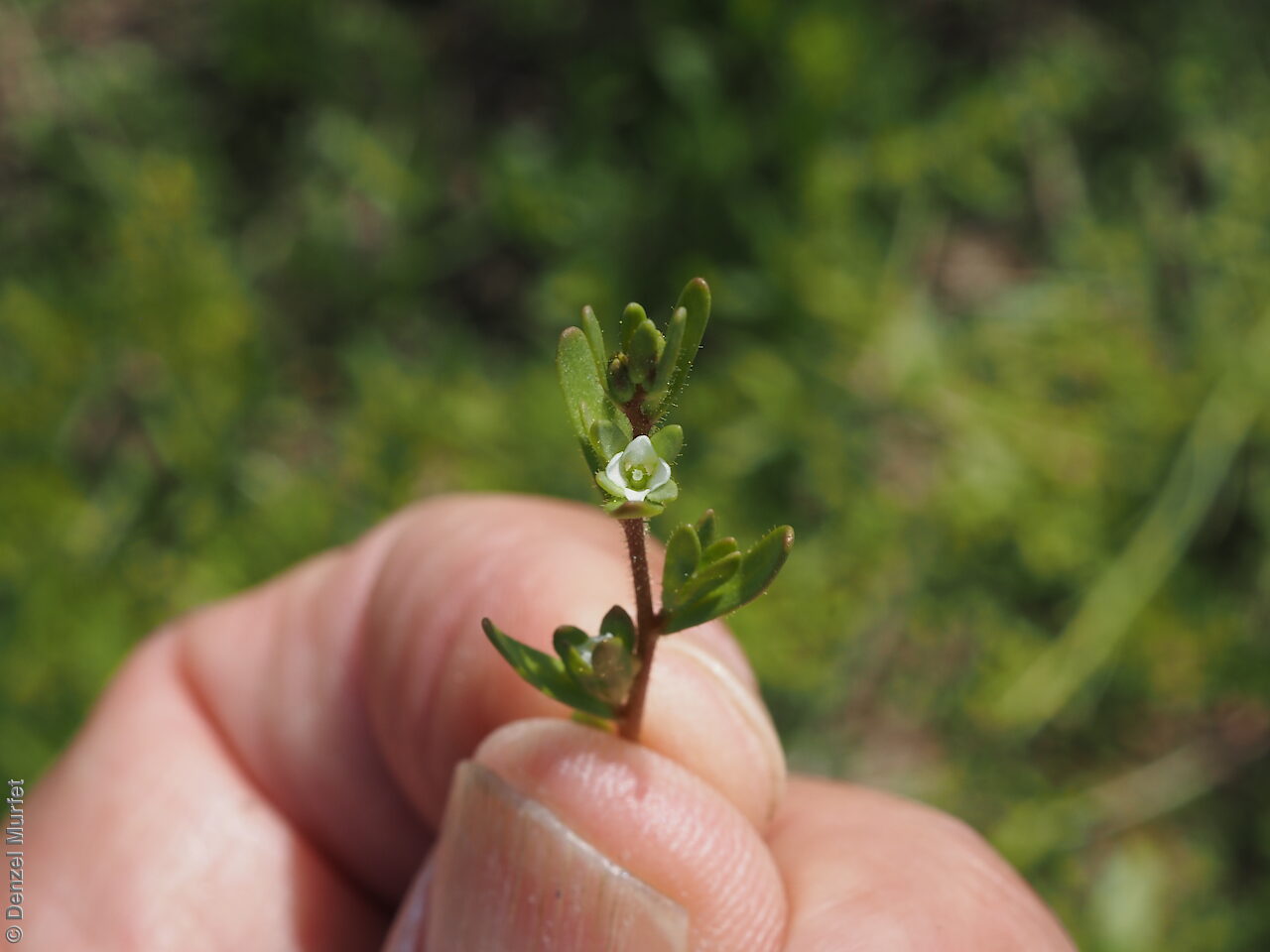
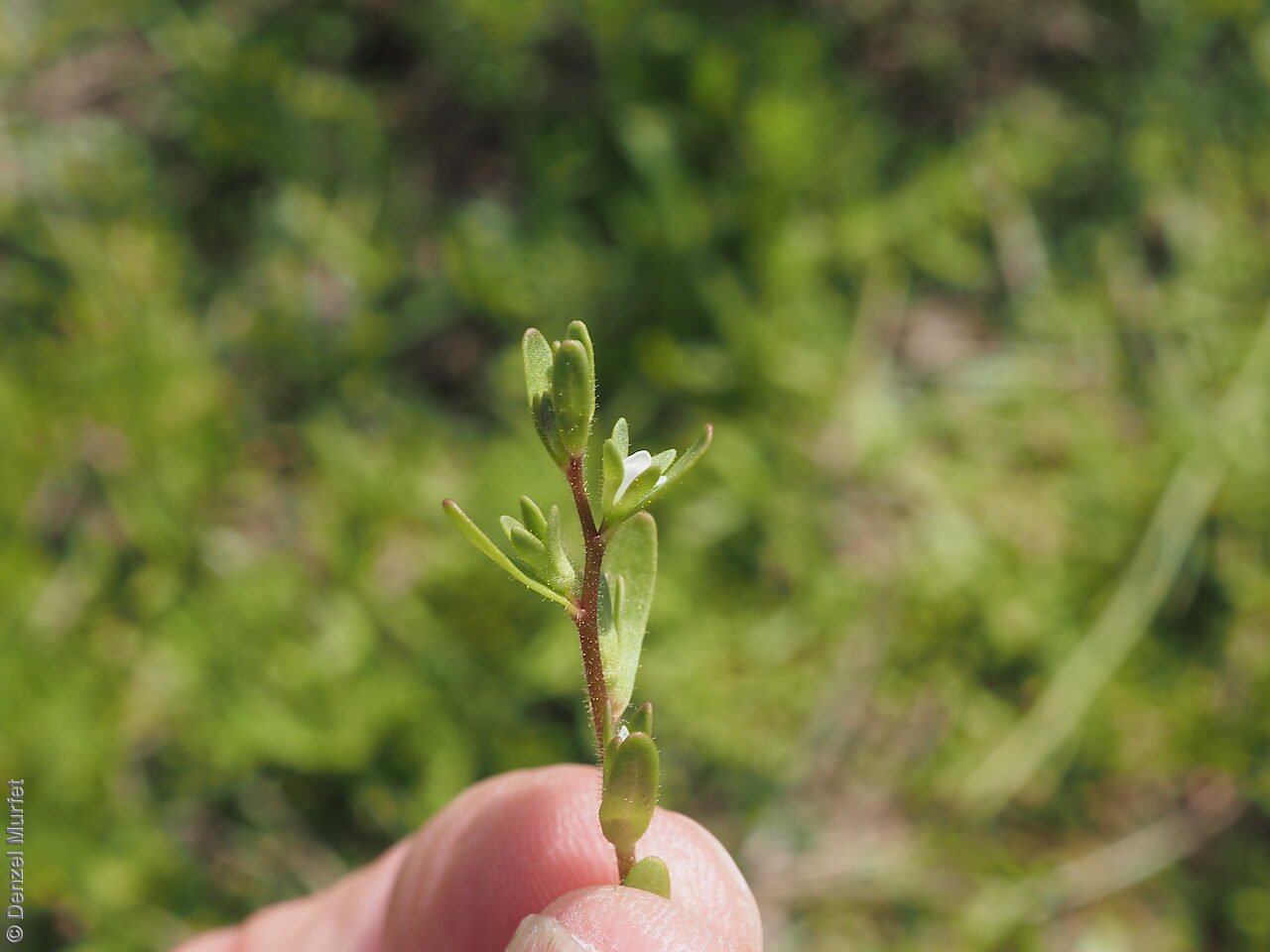
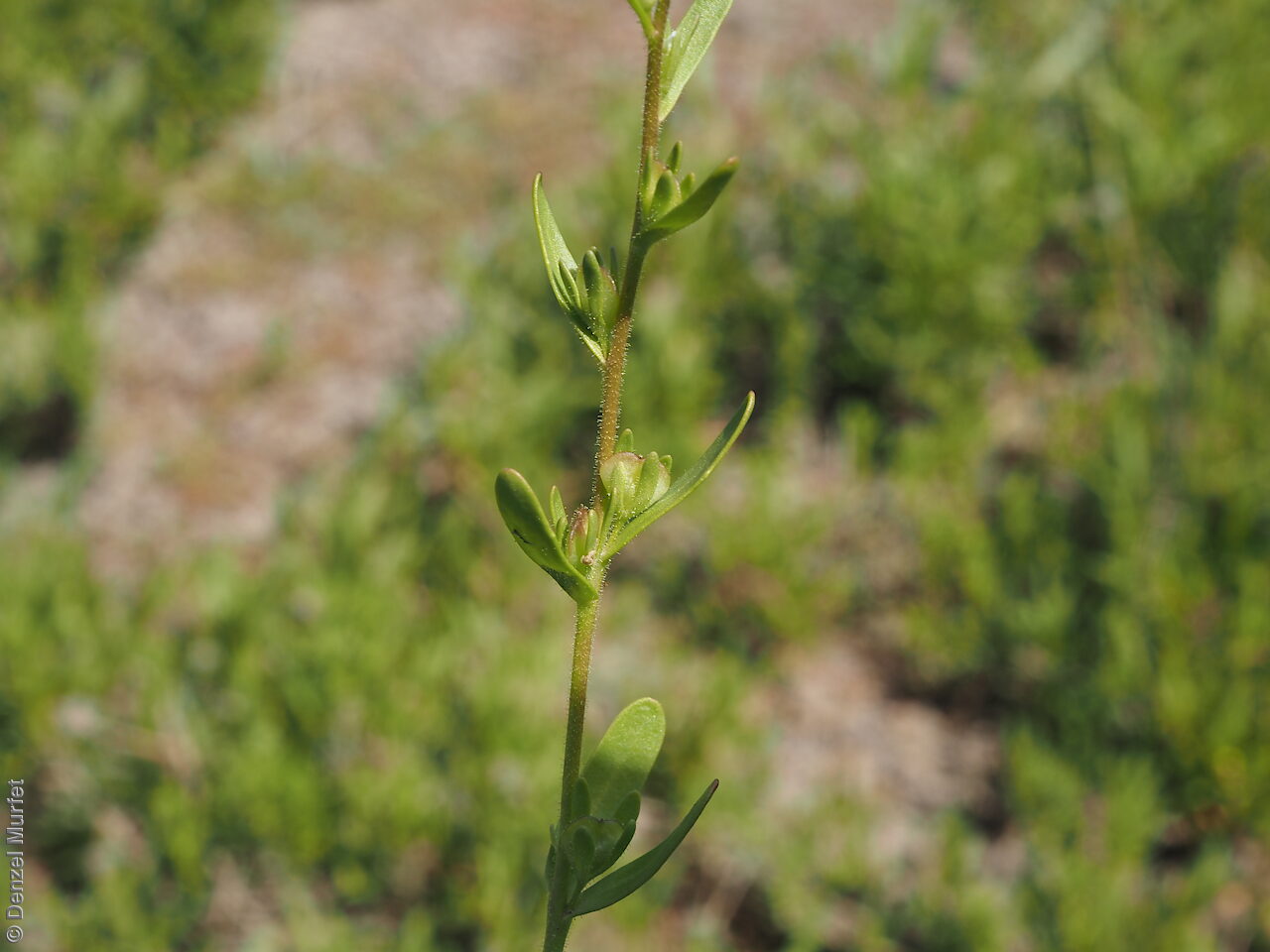
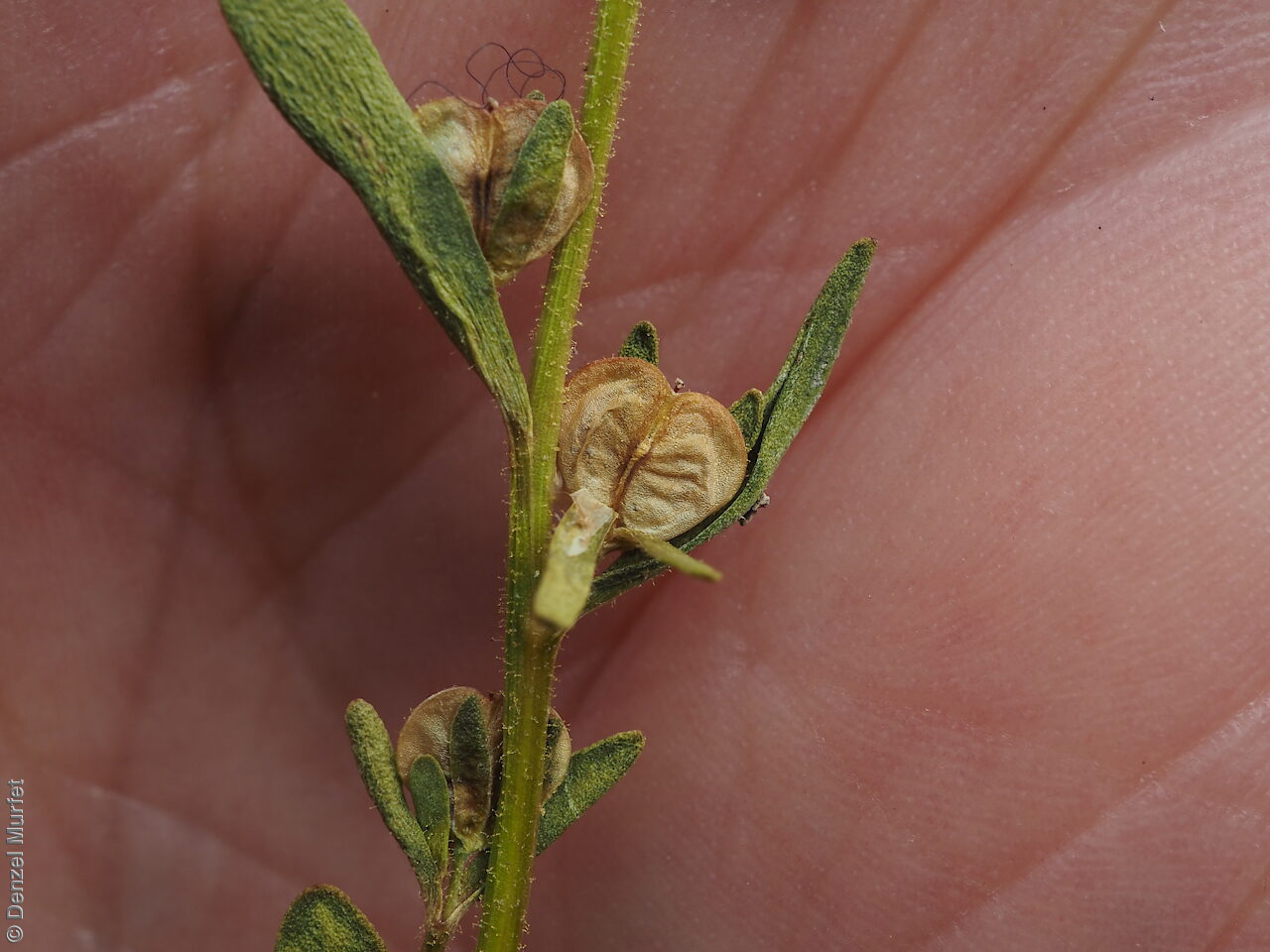
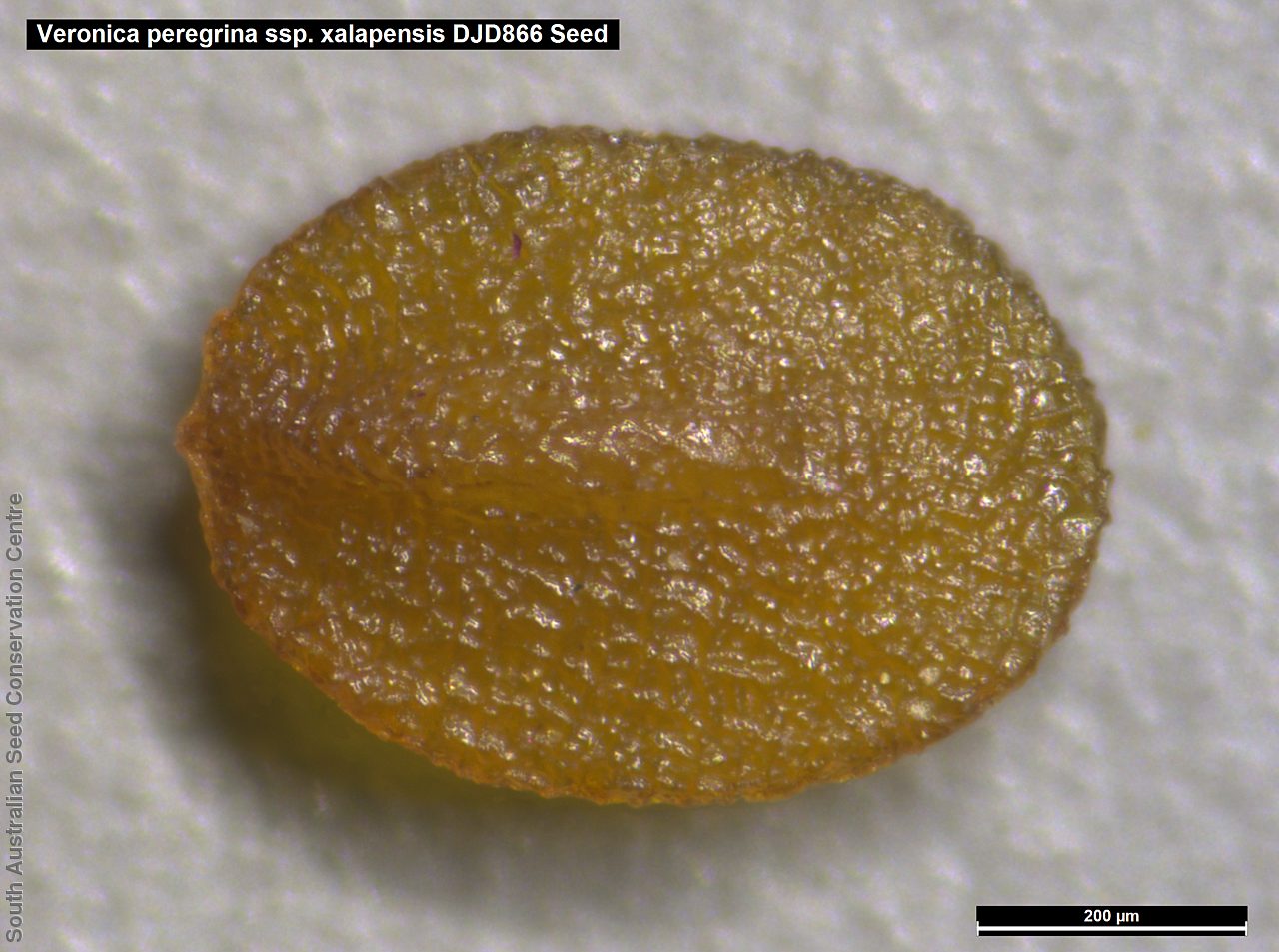
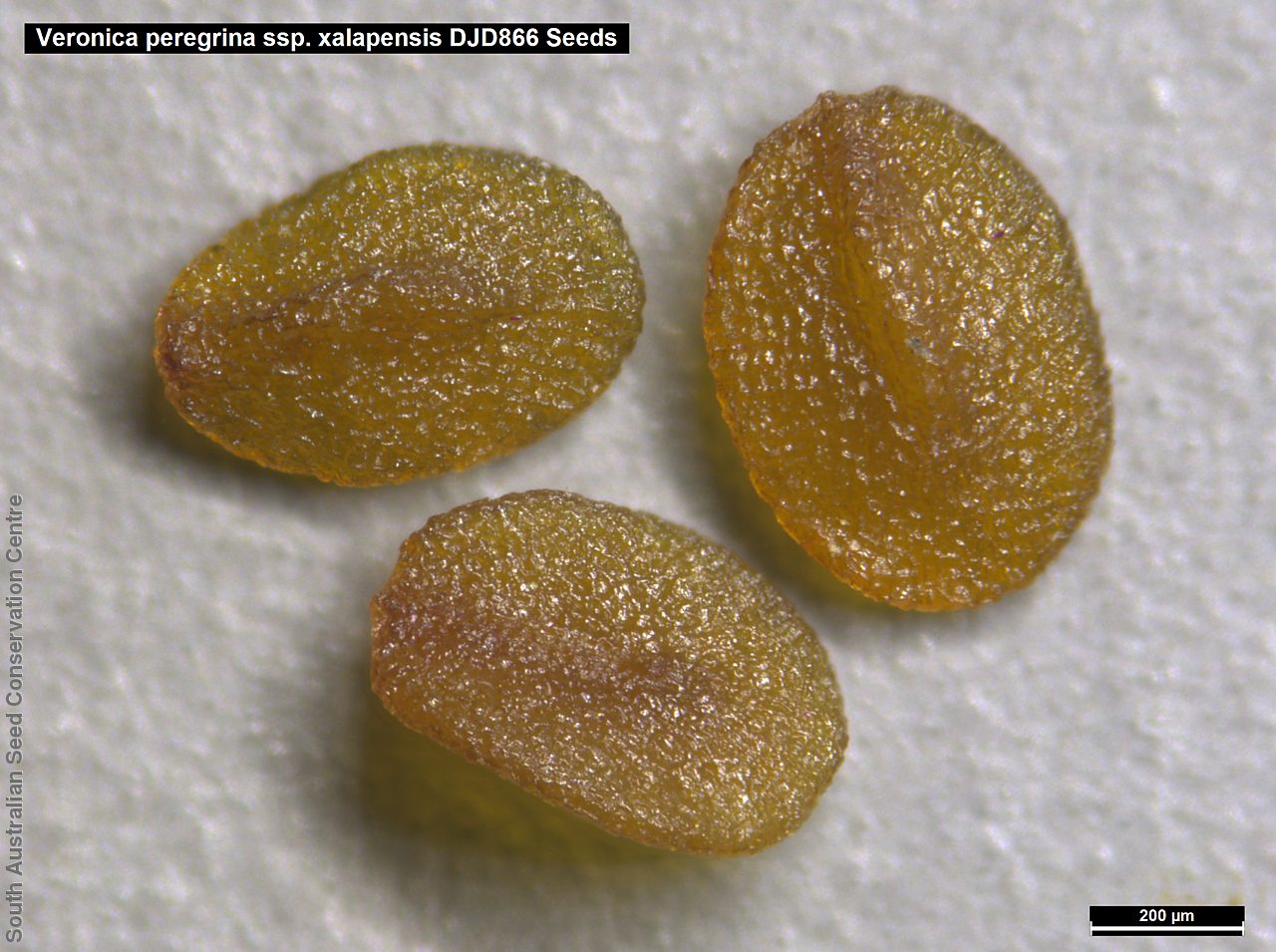

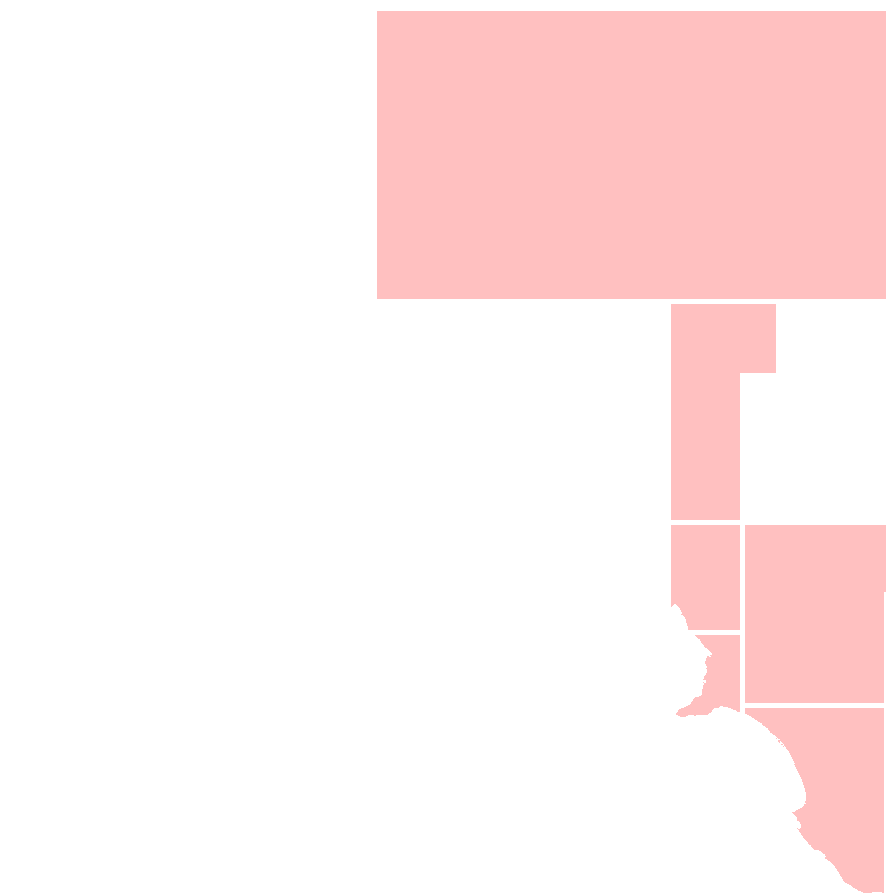
Prior names
Veronica xalapensis
Etymology
Veronica possibly named after Saint Veronica, a nun who died in Milan in 1497. Alternatively from the Latin 'vera' and 'icon' meaning true image. This is in reference to the legend of the miraculous imprint of the face of Christ on a headcloth that Saint Veronica offered Christ on his way to crucifixion. Peregrina from the Latin 'peragrare' meaning to move or travel or to proceed; referring to the ability of this plant to easily expand itself in its habitat. Xalapensis mean of or from Xalapa, Vera Cruz in Mexico; referring to where the subspecies was first collected from.
Distribution and status
Found scattered across the eastern side of South Australia from border to coast, growing in damp or seasonally inundated fiver flats or creek margins. Also found in New South Wales and Victoria. Exotic. Uncommon in South Australia. Uncommon in Victoria. Common in New South Wales.
Herbarium regions: Lake Eyre, Flinders Ranges, Northern Lofty, Murray, Southern Lofty, South Eastern, Green Adelaide
NRM regions: Adelaide and Mount Lofty Ranges, South Australian Arid Lands, South Australian Murray-Darling Basin, South East
AVH map: SA distribution map (external link)
Plant description
Annual herb to 30 cm high with dense glandular hairs, the hairs spreading, straight and of even length. Erect stem simple or with ascending branches forming at the lower nodes, flowering at all but the lowest nodes. Leaves connected across the node by a ridge, spathulate to narrow-oblong, to 12 mm long and 3 mm wide, entire or sparingly serrulate. Flower-spike terminal, with 10-30 white flowers. Flowering between September and November. Fruits are flat heart-shaped capsules turning from green to brown as it matures. Each capsule contains a few seeds. Seeds are small semi-flat ovoid dark orange-brown seeds to 0.6 mm long and 0.4 mm wide, with a slightly wrinkled surface. Seed embryo type is linear under-developed.
Seed collection and propagation
Collect seeds between September and December. Collect maturing capsules when drying off and turning red-brown with orange-brown seeds inside. Place the capsules in a tray and cover with paper to prevent seeds from popping out and leave to dry for 1 to 2 weeks. Then rub the capsules gently by hand to dislodge the seeds. Use a sieve to separate any unwanted material. Store the seeds with a desiccant such as dried silica beads or dry rice, in an air tight container in a cool and dry place. From one collection, the seed viability was high, at 100%.
| Location | No. of seeds (weight grams) | Number of plants | Date collected | Collection number Collection location | Date stored | % Viability | Storage temperature |
|---|---|---|---|---|---|---|---|
| BGA MSB | 13,300 (0.64 g) 13,300 (0.64 g) | 50+ | 26-Sep-2007 | DJD866 Lake Eyre | 19-Sep-2008 | 100% | -18°C |
Number of plants: This is the number of plants from which the seeds were collected.
Collection location: The Herbarium of South Australia's region name.
% Viability: Percentage of filled healthy seeds determined by a cut test or x-ray.